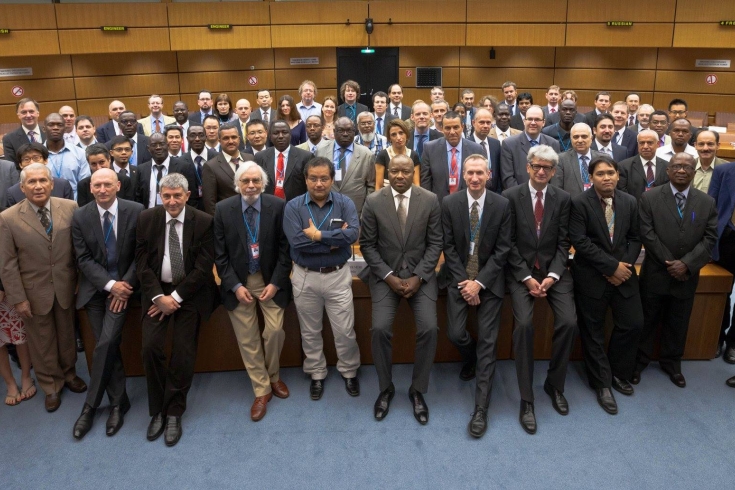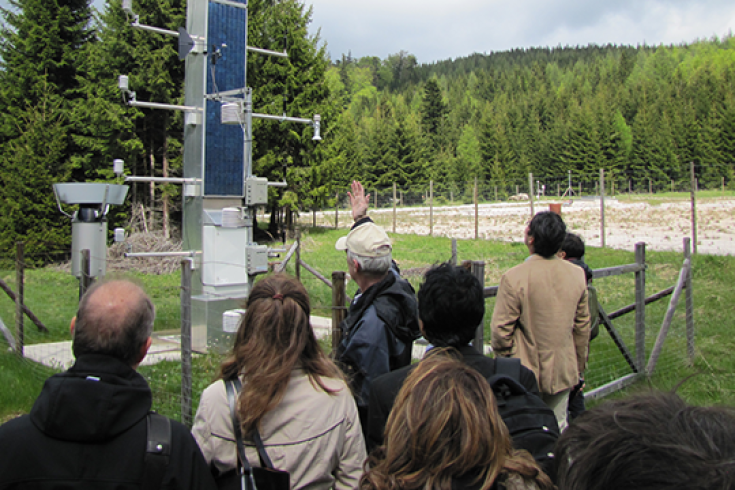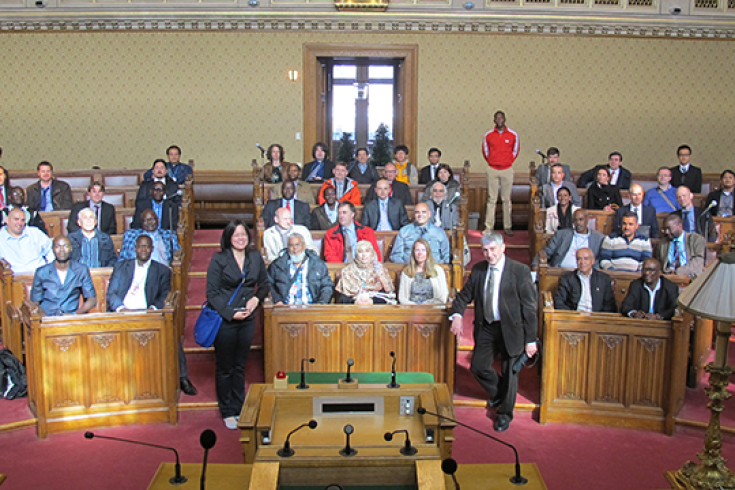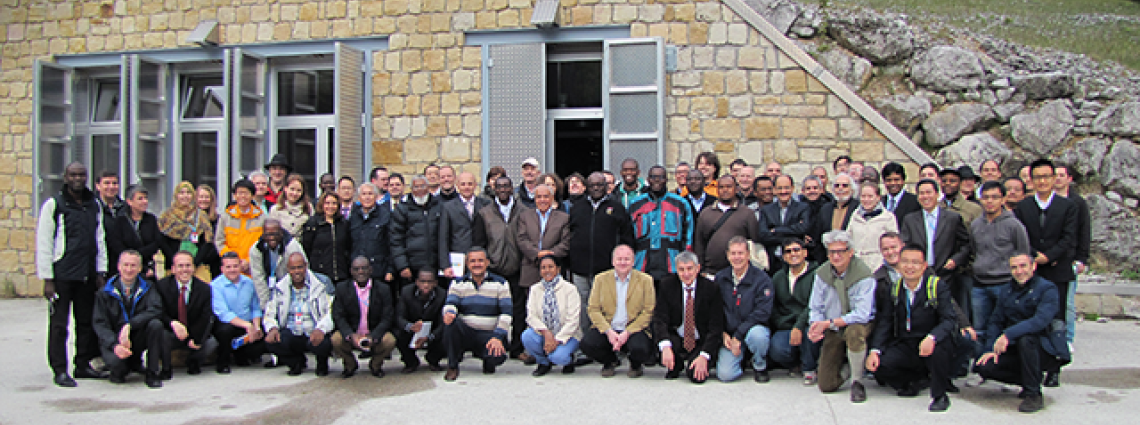National Data Centre experts share experiences and expertise
NDCs are national technical organizations that play an important role in advising their governments on verification of the Comprehensive Nuclear-Test-Ban Treaty (CTBT), which prohibits nuclear explosions in all environments. Working under the guidance of a national authority, monitoring experts at NDCs receive and refine analysed monitoring data from the International Data Centre (IDC) in Vienna, leading to the identification of ambiguous events. Based on these results, each Member State makes its own national assessment and final judgment regarding the nature of an event - whether or not it is indicative of a nuclear explosion.

Around 100 NDC experts gathered in Vienna from 12 to 16 May 2014.
I came to the workshop to know more about the Treaty, the status of monitoring technologies and the IDC products, and to exchange experience with other NDCs and the CTBTO. It is important for my country to attend this workshop because as a State Party of the Treaty we have the duty to do useful work to comply with the Treaty.
A fictitious radionuclide scenario
NPE13 was a fictitious radionuclide-triggered test conducted by NDCs. The event was led by the German NDC, which calculated and distributed a fictitious radionuclide scenario. Detections were related to a seismic event that occurred within the territory of ‘Frisia’ - a State invented for the purposes of NPE13. The exercise involved reconstructing the radionuclide scenario, identifying the event and analysing the seismic data. The results of the exercise were presented at the workshop and were followed by an in depth discussion. The objectives of the next preparedness exercise – scheduled to take place in 2015 - was also discussed during the workshop.

Visiting the Conrad Geophysical Observatory – an underground geophysical research facility.
These workshops help NDCs to stay up to date with the latest technology, instrumentation and software being used by the IDC.
Emerging NDCs

Inside Vienna’s famous Rathaus, the city’s Town Hall.
Sharing CTBT data and products
As an emerging NDC, we need help and guidance from longstanding NDCs with the knowledge and experience to help us in running our own NDC. Our participation in these kind of workshops gives us the opportunity to learn and voice out our concerns…We had a good insight into the importance of IDC data during the Fukushima Daiichi nuclear power plant accident in 2011 because we received the data we needed to give advice to our national government regarding the safety of the population and the environment.
CTBT data for disaster mitigation and scientific research
CTBT data offer a range of other potential civil and scientific applications such as monitoring radioactive emissions from nuclear accidents, as was the case during the Fukushima Daiichi power plant accident in Japan in March 2011. Infrasound data collected when a meteor exploded over the Ural Mountains in February 2013 have helped scientists learn more about the altitude and amount of energy released. Monitoring data can also help with scientific research about the Earth’s structure, ocean processes and marine life, volcanic eruptions, to name but a few of the areas of interest.
Benefits of CTBT membership
A unique observatory
20 May 2014
